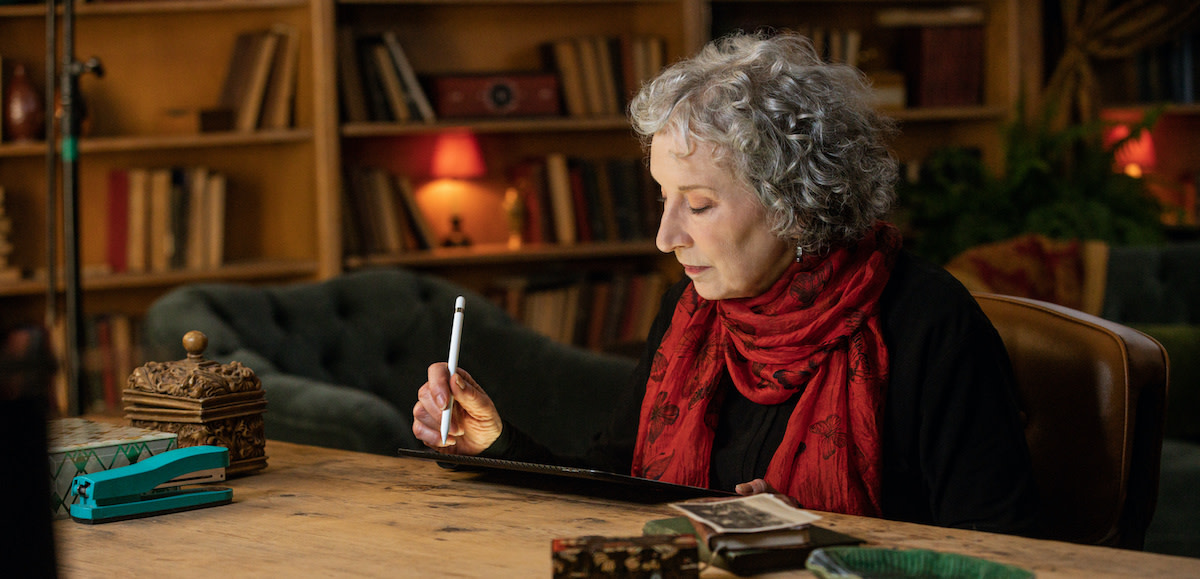How to Write a Character: 10 Tips From MasterClass Instructors
Written by MasterClass
Last updated: Jul 26, 2022 • 4 min read
Coming up with fictional character traits and personalities for the first time can seem almost impossibly daunting. Still, with enough creativity and dedication, you can write dynamic characters your readers will remember for years. Learn more about how to write a character from MasterClass instructors and celebrated fiction writers.
Learn From the Best
Why Develop Great Characters?
For creative writing to have as deep an impact as possible, you need to give the reader strong characters they can relate to on a personal level. By borrowing from tried-and-true character archetypes and giving them your personal spin, you can create heroes, villains, and sidekicks that will affect your readers as if they were real people they knew.
Whether you’re a novelist, short story writer, or screenwriter, you’ll need to create memorable characters with strengths and vulnerabilities to make the most of a gripping plot and eloquent style of prose.
How to Write a Character: 10 Tips
Creating characters is one of the most important aspects of writing any kind of fiction. Take these character creation tips from MasterClass instructors into consideration for your own writing:
- 1. Come up with a backstory. Crafting a backstory can help you flesh out an interesting character profile. “When I’m dealing with characters,” says legal thriller author David Baldacci, “and I’m trying to explain somebody's situation and motivations, you have to look into their past, because [the] past always drives motivations.” For instance, ask what experiences your character had in elementary school or high school that shaped who they are today. Your character’s backstory can greatly inform your plot.
- 2. Develop a character arc. A character must evolve throughout a story. “The character has to change,” insists crime fiction writer Walter Mosley. “The character doesn’t have to become better. The character doesn’t have to become good. It could be the opposite. He could start good and become bad. He could start off hopeful and end up a pessimist. But he has to be impacted by this world that we’re reading about.” Plan out your storyline based on your character's goals and how achieving or not achieving them will change them as people. This sort of template can help anchor your narrative.
- 3. Do research. If you plan to set your story in a specific locale or period, do enough research to make your characters seem true to life and believable. “What does it mean, for instance, in the Tudor era to be a male person?” asks Margaret Atwood, author of The Handmaid’s Tale. “What does it mean to be a female person? What do those things mean when they’re at different social levels?”
- 4. Empathize with your characters. No matter what the type of character you’re developing, try to find some reason you and your reader can relate to their internal conflict. “You’re living with these people every single day for months at a time—in some cases, years at a time,” says acclaimed children’s author Judy Blume. “You had better feel for them. So, for me, yes, I have great empathy for them.” When people can empathize with characters, they’re more likely to find them compelling.
- 5. Experiment with different approaches. If you usually write characters from a particular point of view (or POV), change things up to challenge yourself. “Write about someone entirely through the eyes of their friends and family,” suggests journalist Malcolm Gladwell. “So do a profile of someone where you deliberately never talk to the person that you’re profiling.” There are plenty of ways to craft compelling character descriptions—free yourself up to try new alternatives.
- 6. Give your characters flaws. To craft believable characters, you need to give them flaws. “One, it makes the characters human, just by default, because everybody recognizes that we all have flaws and mistakes,” David says. “But two, it gives you plot elements and plot opportunities because somebody makes a mistake. Why? Because they’re flawed.”
- 7. Learn from real people. Pay attention to real people’s mannerisms, personality traits, body language, and physical appearances. This can all end up helping to form your character’s personality.
- 8. Let your characters surprise you. Character development can proceed down a host of different avenues. “Spend a lot of time with your characters and getting to know them,” Judy suggests. “And the way that you get to know them can be different from the way I get to know them. But my way is: They don’t come alive until I write about them, until I put them down on paper.” As you write, your character’s motivation or perspective might change from what you originally planned.
- 9. Play characters off each other. Ask yourself how a secondary character’s personality might thwart the main character’s motivation. “One of the best ways, as I said, to develop a character is to put that character in relationship to another person,” Walter says. “So as they talk, as they fight, as they work together, we find out more about who they are and what they are.” The character’s close friends, adversaries, and acquaintances might all have different effects on their behavior.
- 10. Take an organic approach. Over the course of the story, be ready for your characters to surprise you as much as the people you know in real life might, too. “If you are writing good characters, believable characters, glorious, larger-than-life characters, they do take on a sort of a life,” Neil says. Avoid static characters by letting yours have their own lives and personalities. Let their stories take you where they lead.
Want to Learn More About Writing?
Become a better writer with the MasterClass Annual Membership. Gain access to exclusive video lessons taught by the world’s best, including Margaret Atwood, Walter Mosley, Joyce Carol Oates, Dan Brown, and more.
